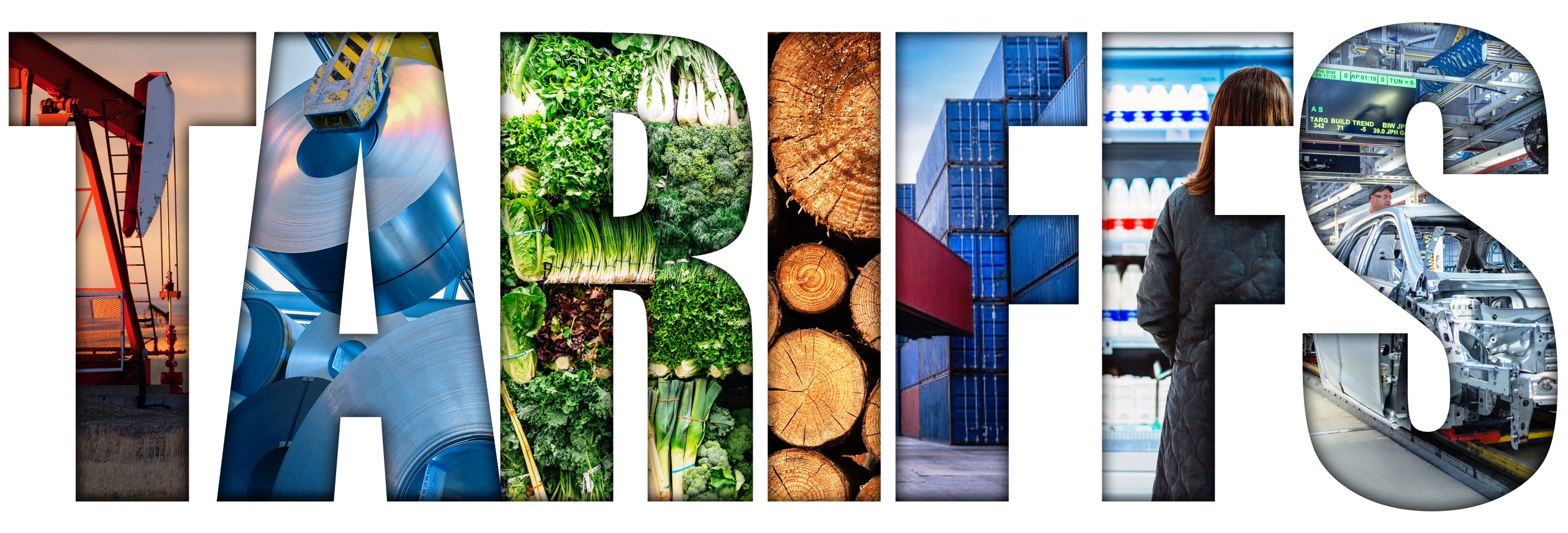ADVERTISEMENT
Sponsored by
Canada and U.S. stock markets fall for a second day after trade war launched
North American stock markets closed out a volatile trading day with broad losses as the U.S. imposed sweeping tariffs on imports from Canada and Mexico, triggering a continental trade war.
Live Coverage
ADVERTISEMENT
Watch BNN Bloomberg LIVE
Trudeau says Trump wants 'total collapse of the Canadian economy'
25% tariffs will cause recession by mid-2025: Desjardins
Investing in a trade war: Strategies to mitigate market volatility
Could the TSX still outperform the S&P500 despite tariff risks?
Trump's tactics heed warning to global trading partners: strategist
'Robust support' for workers needed from feds: Unifor president
How the Canadian-U.S. retail sector could be impacted by tariffs
Energy & Commodities
‘It’s an 8.0 on the Richter Scale’: Trump Tariffs jolt trade
Global shipping executives gathered this week in Long Beach, California, for a major annual conference, expecting to discuss market trends and supply chain challenges.
Trump's Tariffs
Trudeau promises Canada will ‘not back down’ from trade war, calls Trump reasoning for tariffs ‘bogus’
Prime Minister Justin Trudeau is promising Canada will “not back down” from the trade war, calling U.S. President Donald Trump’s stated reasoning for imposing punishing tariffs on Canadian imports a “bogus” excuse to justify collapsing the Canadian economy in the hopes of making it easier to annex the country.
Editor's Picks
Guest Schedule
Find out who's on BNN Bloomberg TV today.
See all guestsMoney Talk
Cut out the noise. Hear what matters.
Watch now
BNN Bloomberg App
Get a customizable stock list and breaking news alerts.
Download now















































